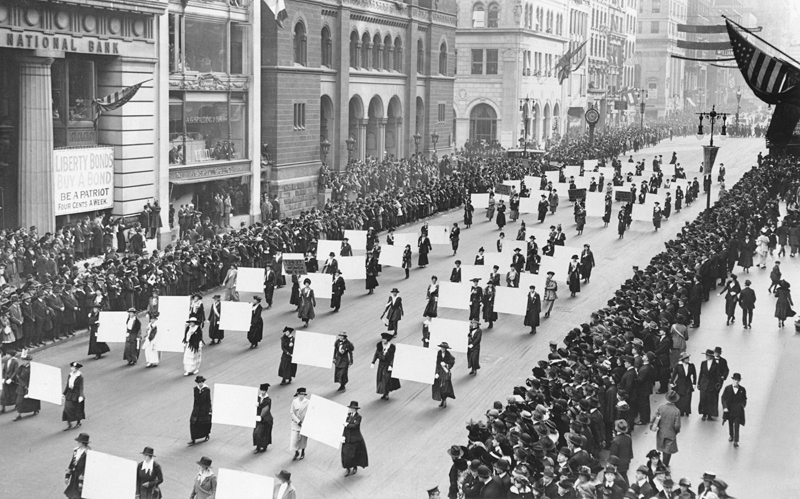The League of Women Voters of Chaffee County is inviting the public to attend their celebration of Colorado’s pioneering journey to women’s suffrage; the topic of their next ‘Drinks & Dialogue’ event from 5:30 – 7:30 p.m., Tuesday, Feb. 25. The event, to be held at the Salida Scout Hut in Riverside Park, will feature Colorado historian Dr. Marcia Goldstein, who will discuss not only the 100th anniversary of women’s journey to have the right to vote, but also the 100th anniversary of the creation of the League of Women Voters.
Women have had the right to vote in the United States since the 19th Amendment was passed by Congress on June 4, 2019, and ratified on Aug. 18, 1920. A hundred years isn’t a very long time.
Called a “mighty political experiment” at the time, the vote empowered 20 million women with the right to cast a ballot in elections for their local, state and national leaders. The non-partisan League of Women Voters was founded both to empower them as voters and to defend democracy.
While 100 years of progress should be celebrated, it is also true that women waited much longer than that in this country for the right to vote before they have actually had the vote. Beginning with the arrival of European women in Jamestown, Virginia in 1608 and Plymouth and Massachusetts Bay colonies in the 1620s, through the late 1880s, most women not only couldn’t vote but upon marriage, they and all their property became their husband’s property. Before 1776, in a few colonies, married women of means had the right to vote, but by 1807, that right was taken away. Most unmarried women had few rights and no property at all, let alone a say in their own economic futures. But beginning in the late 19th century, besides women working for broad-based economic and political equality and for social reforms, women sought to change voting laws to allow them to vote.
Establishing the legal right of women to vote did not happen overnight. It occurred over the course of 75 years, beginning in the 1840s at the Seneca Falls Convention. At that first women’s rights convention, a resolution was passed in favor of women’s suffrage. But there was opposition, as some of the women organizers thought the idea was too extreme.
By the time of the first National Women’s Rights Convention in 1850, however, suffrage was becoming an increasingly important aspect of the movement’s activities. The movement gained momentum; as such, suffrage leaders as Susan B. Anthony, Elizabeth Cady Stanton and Lucy Stone advocated for broader women’s rights.
As the decades rolled on, women became increasingly vocal about the right to vote, and the official response was often harsh. Suffragettes were arrested, beaten, imprisoned and starved. Beginning during President Woodrow Wilson’s term as president, a group of women who became known as the “Silent Sentinels” took up a vigil outside the White House, protesting for the vote. More than 200 of them were arrested and imprisoned. When some of them went on a hunger strike, they were force-fed.
Finally, under the leadership of Carrie Chapman Catt, the two-million-member National American Woman Suffrage Association (NAWSA) became a winning force behind the right to vote.
The Nineteenth Amendment became part of the U.S. Constitution on August 18, 1920. It states, “The right of citizens of the United States to vote shall not be denied or abridged by the United States or by any State on account of sex.”
The Chaffee Board of County Commissioners, the city of Salida, the town of Buena Vista, have already passed proclamations in honor of the 100th birthday of the League of Women Voters.
Photo: Women suffragists parade down Fifth Avenue in New York City, 1917.







Recent Comments